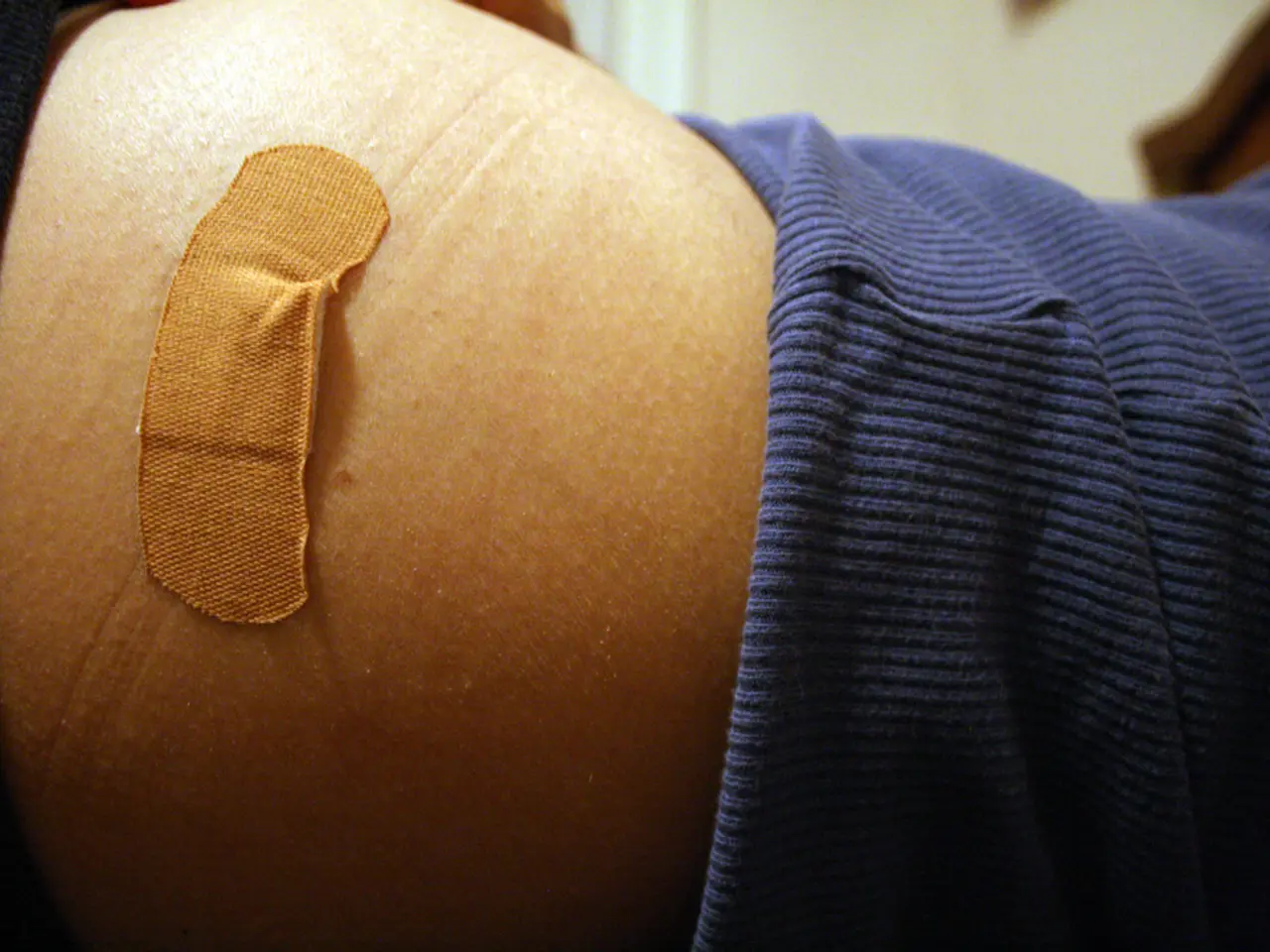Surgical Procedures with Minimal Impact: Classifications, Potential Hazards, and Expanded Knowledge
In the realm of modern medicine, a revolutionary technology is making waves: robotic-assisted surgery. This groundbreaking system enables doctors to perform minimally invasive surgical procedures with extraordinary precision, using robotic arms controlled by a surgeon.
The technology supports image-guided interventions, intraoperative navigation, and precise tissue manipulation. Specialists from various fields, including urologists, general and visceral surgeons, and gynecologists, are utilizing this system to perform a wide range of procedures, such as prostatectomy, kidney surgeries, colorectal operations, and gynecological surgeries like hysterectomies and endometriosis treatment.
However, it's essential to note that robotic surgery can take longer than open surgery due to the time needed to set up the robotic equipment. Despite this, the benefits are significant. Smaller incisions, less blood loss, less pain, and faster recovery times are just a few advantages that robotic surgery offers.
On the other hand, non-robotic minimally invasive surgery, such as endoscopic surgery, is performed with a surgeon operating using their hands rather than robotic arms. While both types of surgery share benefits like shorter, less painful recovery times, greater precision, and smaller scars, robotic surgery offers unique advantages. The primary advantage is the ability to see the operative field in 3-D and the use of 'motion scaling' software that allows for more precise performance of delicate techniques.
It's important to remember that any surgery comes with risks, and robotic surgery is no exception. Risks include those associated with general anesthesia and infections around the surgery site, as well as specific risks such as damage to surrounding tissues or organs and the potential for longer surgery times.
Robotic surgery is being used to treat a multitude of conditions, from those related to the lungs, heart, urologic system, gynecologic system, digestive system, and other general areas, to more specific cases like gastric bypass for obesity, gallbladder infection or stones, pancreatic cancer, and GERD.
As technology continues to advance, robotic and endoscopic surgeries are becoming more common than open surgeries. However, it's crucial to discuss concerns with your doctor before having a minimally invasive surgery. Factors to consider include whether surgery is a better option than medication or antibiotics, the length of recovery, the amount of pain expected, and the risks involved.
In some cases, open surgery may be necessary if endoscopic surgery is not successful. Non-robotic surgery is also used to treat various conditions, including vascular conditions like varicose veins and vascular disease, and neurological or spinal conditions such as injuries to the brain or spine, tumors around the brain or skull, and conditions in the spinal cord or discs.
In conclusion, robotic-assisted surgery offers a promising future for minimally invasive procedures, providing benefits that traditional methods cannot match. As technology continues to evolve, we can expect to see even more advancements in this field, leading to safer and more effective surgical treatments for patients.
Read also:
- Hospital's Enhancement of Outpatient Services Alleviates Emergency Department Strain
- Increased Chikungunya infections in UK travelers prompt mosquito bite caution
- Kazakhstan's Deputy Prime Minister holds discussions on the prevailing circumstances in Almaty
- In the state, Kaiser Permanente boasts the top-ranked health insurance program






